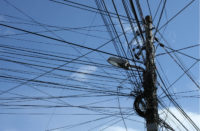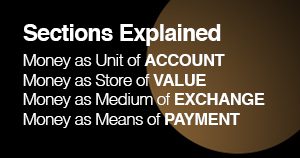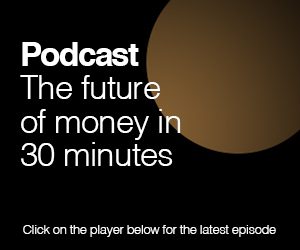The rate of spread of coronavirus through the human population may be slowing, but the pandemic seems well on the way to claiming another permanent victim: physical cash.
That seems the conclusion to be drawn from new data released this week by Australia’s central bank, the Reserve Bank of Australia (RBA).
According to the RBA, both the volume and value of Australian automated teller machine (ATM) withdrawals have halved in just a few months, as electronic payments largely replace those made in notes and coins.
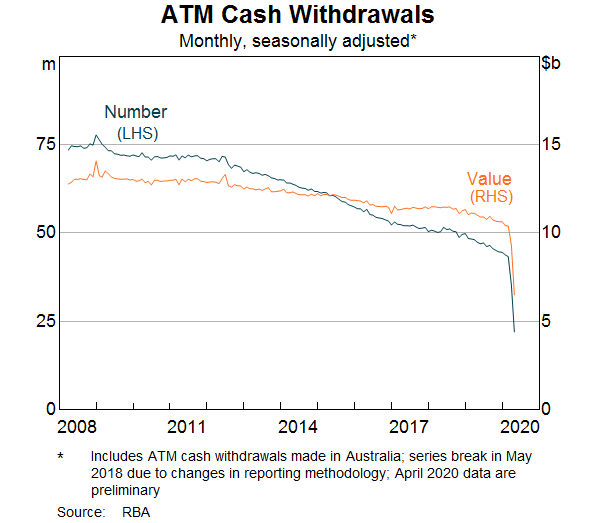
Australians are paying electronically not just using credit and debit cards, but increasingly via alternative methods, such as buy now pay later, mobile phone tap and go, cryptocurrency or in-app purchases on mobile phones, the RBA said in a speech delivered on Wednesday by Michele Bullock, its deputy governor.
In April, the Bank for International Settlements (BIS), which coordinates policy among the world’s central banks, forecast that the Covid-19 pandemic would accelerate the withdrawal of cash from public usage worldwide.
The BIS warned of a potential future gap between those equipped to pay digitally and those reliant on paper currency.
“Developments could speed up the shift toward digital payments. This could open a divide in access to payments instruments, which could negatively impact unbanked and older consumers,” the BIS said.
“The pandemic may amplify calls to defend the role of cash – but also calls for central bank digital currencies,” it said.
Around the world, the coronavirus has jumpstarted a race among governments for state-backed digital money, and for the new digital identity systems that will underlie it.
According to the RBA’s Bullock, the shift to digital payment now looks irreversible, while earlier concerns about social exclusion as a result of the disappearance of cash may have been overstated.
“Some of the sharp and sudden shift to contactless and mobile payments, and away from cash is likely to be permanent,” Bullock said.
“While it will be important to ensure that people who have traditionally used cash and cheques are adequately catered for, the experience of the past few months has demonstrated that the shift to electronic is perhaps not as difficult as many had thought,” she said.
In her speech, Bullock warned about the potential for monopoly profits to be made by electronic payment providers and threatened regulatory action if digital payment costs did not fall.
“If banks or other stakeholders are acting in ways that prevent downward pressure on merchant fees, we may need to consider regulatory options for keeping the cost of electronic payments low,” Bullock said.
Although per-transaction fees charged in Australia by card providers to merchants have fallen, some costs have remained stubbornly high, said Bullock.
Not all Australian merchants are able to benefit from a national system to route payments through a least-cost local network called ‘eftpos’, said Bullock, especially if the bank processing those card payments is an international one.
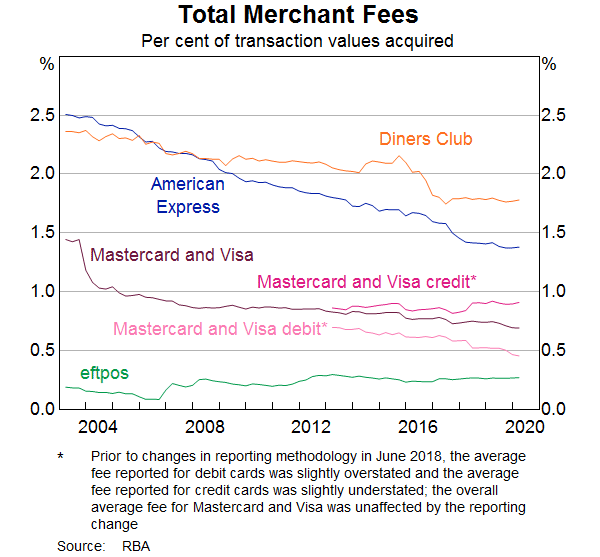
“While least-cost routing has been available for a couple of years, it has not been widely promoted by the major banks which account for most of the [card payment] acquiring market in Australia,” Bullock said.
“So with many customers switching to contactless in response to COVID-19, some merchants are finding their payment costs rise as debit card payments are automatically routed through the international schemes.”
Despite Australians’ shift away from cash, one form of paper currency remains popular worldwide.
Last year the BIS reported that there is growing there is growing demand for high-denomination banknotes in Japan, Switzerland and the US.
This trend appears to have been driven by negative interest rates on bank deposits, in the case of the first two countries, and by widespread use of $100 bills for global money laundering purposes, in the case of the US currency.
Sign up here for our monthly newsletter
Click here for a full list of episodes of the New Money Review podcast: the future of money in 30 minutes



